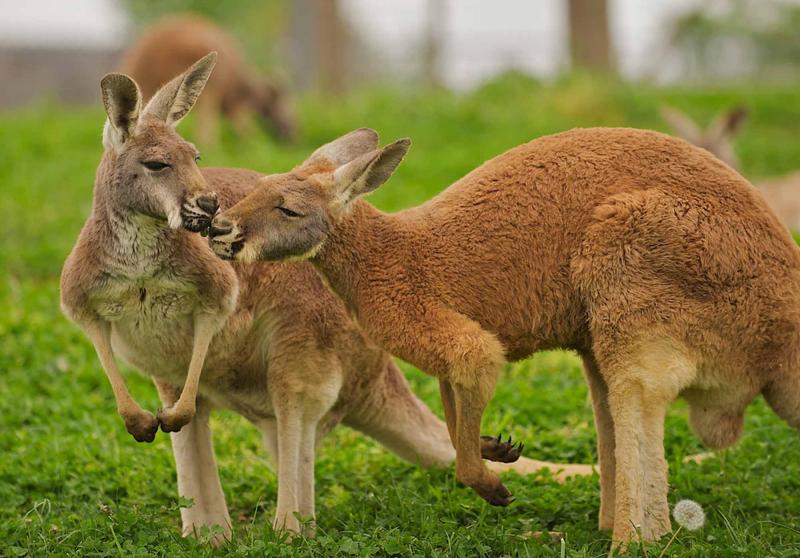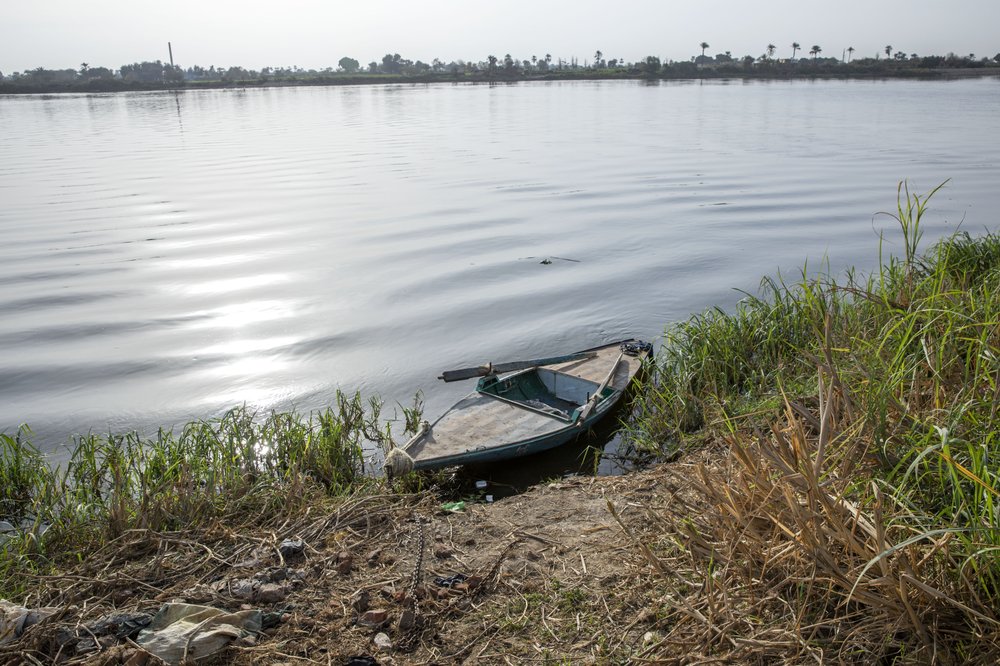
From abandoned baby kangaroos to wallabies being blinded by the sun and koalas having to go walkabout to look for eucalyptus leaves, Australia’s exotic wild animals are struggling to adapt to a crippling drought.
The “big dry”, lasting for several years in some areas, is turning vast swathes of lush green land across the continent’s eastern interior brown.
“There are large numbers of kangaroos dying all over the country,” ecologist Richard Kingsford from the University of New South Wales told AFP, warning that change was occurring “at such a fast rate for so many animals and plants that they can’t adapt in that amount of time”.
The government is ramping up aid to support drought-stricken farmers as they struggle to make ends meet and feed their stock.
But conservationists warn that the natural environment, particularly endangered wildlife, also needs support.
While droughts are not uncommon in Australia and native species are hardier than livestock, additional factors such as human activity, introduced animals and dwindling water sources are adding to the stress on populations.
Wildlife rescuer Racheal Walker has seen a sharp increase in the number of baby kangaroos, or joeys, being taken into care in central-west New South Wales (NSW) state.
The malnourished babies are abandoned by mothers who aren’t able to feed them, while others are orphaned young whose parents were struck by vehicles as they roam closer to towns in search of food and water.
Other smaller marsupials that usually prefer wooded areas are also venturing far beyond their habitat in search of sustenance.
“We’re finding a lot more wallabies with blindness because they’re actually coming out into the open paddocks searching for food, and their eyes are unable to cope with full sunlight,” Walker, of NSW rescue group WIRES, told AFP.
Koalas are travelling longer distances as the eucalyptus trees they feed on dry up, exposing them to dog attacks and car accidents.
And echidnas, also known as spiny anteaters, are becoming roadkill as they venture onto roads during the mating season.
Between 2016 and this year, WIRES recorded a 52 percent increase in the number of macropods rescued, and a whopping 81 percent jump for wombats. The toll could be much higher in inland areas not frequented by people, Walker warned.
In northwest NSW, ecologist Kingsford has seen a collapse in the kangaroo population of more than 90 percent.
– Sharing habitats –
The drought has fueled conflict between native animals and farmers fervently trying to save every last blade of grass and feed for their livestock.
In Booligal, where rainfall this year is 75 percent below average, farmers Matt and Sandra Ireson have seen increasing numbers of kangaroos and emus near roadways as they chase the “green pick” — tufts of grass that spring up from water running off tarmac after a rare shower.
One result has been a 20 percent jump in the number of traffic collisions involving wildlife in the last three years, according to insurance industry figures, prompting Sandra Ireson to start teaching young farmers “drought-driving” skills.
The largest kangaroo species are powerful creatures that can grow up to two meters (6 foot, six inches) tall and weigh up to 90 kilograms (198 pounds), causing serious damage to cars and drivers.
“People don’t want to hurt the animal because that’s understandable, but sometimes you just need to learn you don’t swerve, you just have to brake,” Ireson said.
“And you may have to injure the animal, which is disappointing but that’s better than having a disastrous accident.”
Ireson’s lessons are part of her efforts to attract and keep younger Australians in the bush.
With scientists warning that climate change is exacerbating droughts and increasing the intensity and frequency of heatwaves, Australians are having to adapt to the extended dry periods and learning to live with more — and closer — encounters with animals.
For local farmer Alison McLean, who runs tourism project The Long Paddock to draw visitors to the agriculture-dependent region, the sharing of habitats between native animals and humans doesn’t have to be a negative experience.
“They are coming closer, which actually gives people an opportunity to see them, as long as they practice safe-driving,” McLean told AFP, adding that she now has two echidnas living just outside her yard.
“It’s pretty amazing to see mobs of 30 emus go past you, which is what we see quite regularly and yet we still stop and take photos of it.”
With no end to the drought in sight, ecologist Kingsford is hopeful governments will take measures to protect vulnerable species, such as keeping farm livestock out of national parks so that wildlife has a food source during the dry spells.
“There’s a discussion, which is right, about the challenges for farming communities, but people also need to realize that the natural environment also goes through very hard times during droughts as well,” he said.




